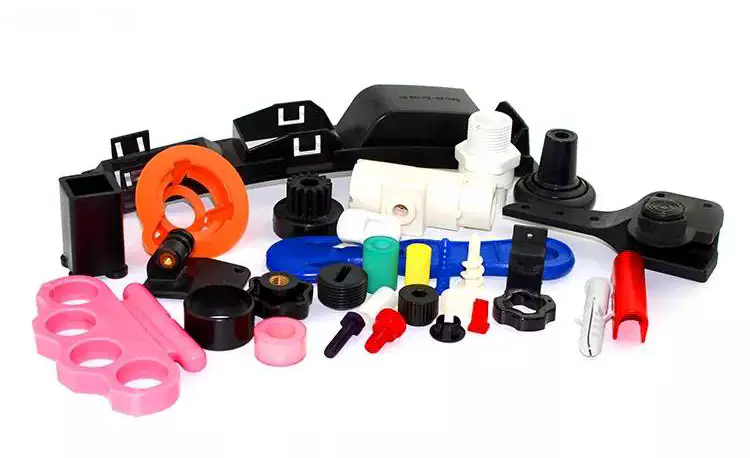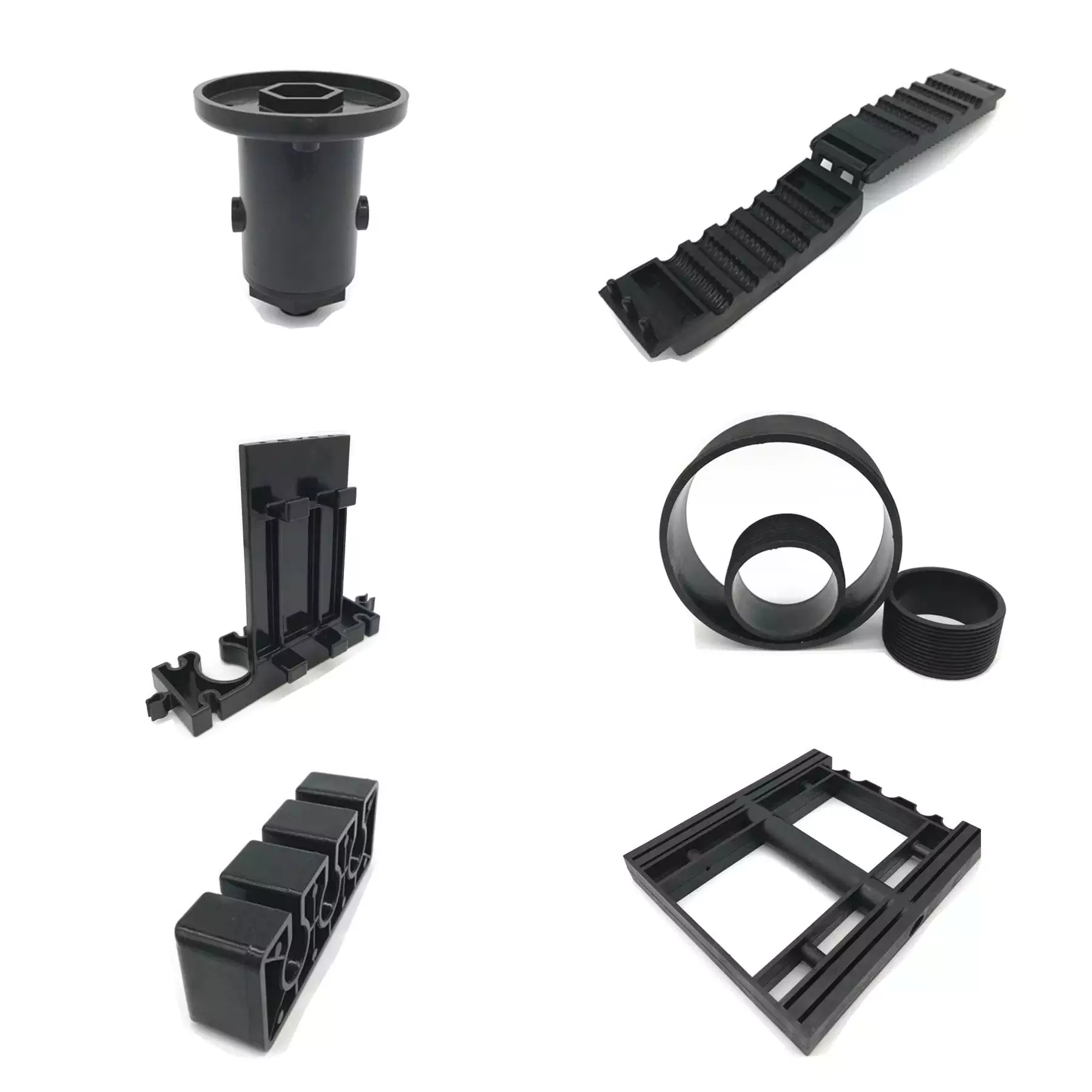Item Description
Product Description
| Solution name | Custom made Nylon/Pom/Abdominal muscles Plastic Injection Moulded Parts Molding Product | |
| Product content | Abdominal muscles, Pc, PP, PS, POM,PBT,PVC,PA6,PA66,PA66+thirty%GF, PTFE,Personal computer+Abs,TPE,and many others |
|
| Color | any color offered,will in accordance customer’s request | |
| Measurement | as for every your drawing or the sample | |
| area end | Shade painting,Texture,Silk-printing,Vacuum coating,rubber coating, and so forth. | |
| Brand | accept tailored | |
| Software subject | Various plastic injection molded areas for numerous industrial and automotive apps | |
| Mould Cavity | Solitary or Multi-cavity | |
| Mould life | five photographs | |
| runner system | hot runner and cold runner | |
| package deal | standard export carton packing ,or according your request. | |
| direct time |
|
Thorough Pictures
Organization Profile
Our company was started in 2003.covers an area of 3000sqm,located in Xihu (West Lake) Dis. county,ZHangZhoug,China
we are manufacturer specialized in customized injection molding service and plastic extrusion profiles as customer’s design or sample.
We give 1 end Service like prototyping of preprodcution parts,device layout and build,parts creation and assembly.We have specialist engineering team over ten several years experience of plastic injection mildew design and plastic injection molding procedure.
The products made by us widely used in household electrical appliances,gymnasium equipment ,led lamps,automotive industry,packing market and other fields.We can personalize all types of Engineering plastics goods in accordance to our customers’ drawings or samples.
with Skilled experts and wealthy encounter we have established solid business relationships with customers spread worldwidely,Primarily in Europe,South America and North The united states.
We are looking ahead to forming productive business relationships with new clients in the around foreseeable future.
Make sure you truly feel cost-free to contact us,We feel we will be your excellent company spouse !
FAQ
one. Are you a trading company or a manufacturer?
We are a manufacturer.
two. What sort of trade terms can you do?
EX-Functions,FOB,CIF,DDP, DDU
3. Can I check my concept/component ahead of committing to CZPT tool manufacture?
Yes, we can make 3D samples for test functional evaluations.
four. Can you assure the good quality ?
Yes ,We have a professional high quality inspection section,the mould is strickly examined prior to cargo.also ship the plastic products sample to you before mass production.
five. Do you assistance OEM ?
Sure, we can generate by technical drawings or samples.
6.What sort of plastic is greatest for my design and style/ingredient?
Supplies choice relies upon on the software of your layout and the environment in which it will perform. We are really happy to discuss the choices and give you greatest tips .
seven. How about your delivery time?
Typically, it consider 25 days for make mould.mass manufacturing relying on purchase qty.
| Material: | ABS/PP/PA6/PC/POM |
|---|---|
| Application: | Medical, Household, Electronics, Automotive, Agricultural |
| Drawing Format: | Dwg .Step .Igs |
| Mold Material: | P20/S50c/H13/Nak80/718/738h/S136 |
| Size: | as Customer′s Design File |
| Logo: | Accept Custom |
###
| Samples: |
US$ 2/Piece
1 Piece(Min.Order) |
|---|
###
| Customization: |
Available
|
|---|
###
| Product name | Custom Nylon/Pom/Abs Plastic Injection Moulded Parts Molding Product | ||||||||||||||||||||||||||||||||||||||||||
| Product material | ABS, PC, PP, PS, POM,PBT,PVC,PA6,PA66,PA66+30%GF, PTFE,PC+ABS,TPE,etc |
||||||||||||||||||||||||||||||||||||||||||
| Color | any colour available,will according customer’s request | ||||||||||||||||||||||||||||||||||||||||||
| Size | as per your drawing or the sample | ||||||||||||||||||||||||||||||||||||||||||
| surface finish | Color painting,Texture,Silk-printing,Vacuum coating,rubber coating, etc. | ||||||||||||||||||||||||||||||||||||||||||
| Logo | accept customized | ||||||||||||||||||||||||||||||||||||||||||
| Application field | Various plastic injection molded parts for various industrial and automotive applications | ||||||||||||||||||||||||||||||||||||||||||
| Mold Cavity | Single or Multi-cavity | ||||||||||||||||||||||||||||||||||||||||||
| Mold life | 50000 shots -500000 shots | ||||||||||||||||||||||||||||||||||||||||||
| runner system | hot runner and cold runner | ||||||||||||||||||||||||||||||||||||||||||
| package | standard export carton packing ,or according your request. | ||||||||||||||||||||||||||||||||||||||||||
| lead time |
###
###
###
|
 Designing out sharp corners on injection molded components can be a challenging process. There are several factors to consider that impact how much corner radius you need to design out. A general rule is to use a radius that is about 0.5 times the thickness of the adjacent wall. This will prevent sharp corners from occurring on a part that is manufactured from injection molding.
Designing out sharp corners on injection molded components can be a challenging process. There are several factors to consider that impact how much corner radius you need to design out. A general rule is to use a radius that is about 0.5 times the thickness of the adjacent wall. This will prevent sharp corners from occurring on a part that is manufactured from injection molding. The uniformity of wall thickness is an essential factor in the plastic injection molding process. It not only provides the best processing results, but also ensures that the molded part is consistently balanced. This uniformity is especially important for plastics, since they are poor heat conductors. Moreover, if the wall thickness of an injection molded part varies, air will trap and the part will exhibit a poorly balanced filling pattern.
The uniformity of wall thickness is an essential factor in the plastic injection molding process. It not only provides the best processing results, but also ensures that the molded part is consistently balanced. This uniformity is especially important for plastics, since they are poor heat conductors. Moreover, if the wall thickness of an injection molded part varies, air will trap and the part will exhibit a poorly balanced filling pattern. The use of 3D printed molds allows manufacturers to manufacture a wide range of injection molded parts. However, 3D-printed molds are not as strong as those made from metallic materials. This means that they do not withstand high temperatures, which can degrade them. As such, they are not suitable for projects that require smooth finishing. In order to reduce this risk, 3D-printed molds can be treated with ceramic coatings.
The use of 3D printed molds allows manufacturers to manufacture a wide range of injection molded parts. However, 3D-printed molds are not as strong as those made from metallic materials. This means that they do not withstand high temperatures, which can degrade them. As such, they are not suitable for projects that require smooth finishing. In order to reduce this risk, 3D-printed molds can be treated with ceramic coatings.
